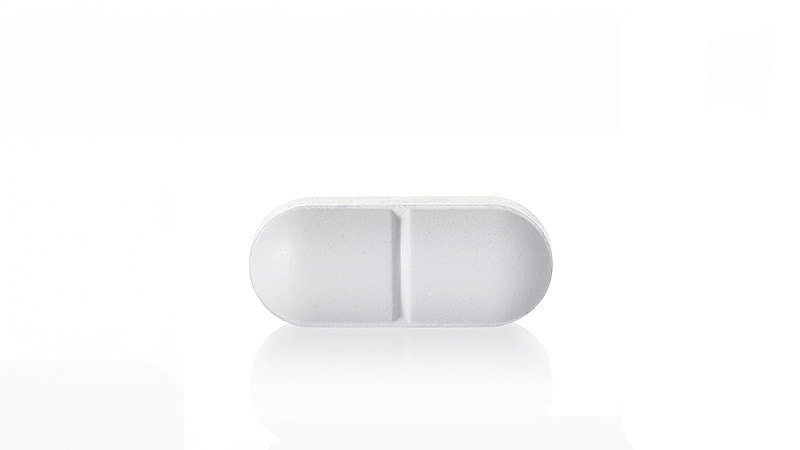Fitness
First Oral PCSK9 Shows Promise Lowering Cholesterol

LYON, France — The first oral small molecule anti–proprotein convertase subtilisin kexin type 9 (PCSK9) inhibitor appears to be effective in not only lowering low-density lipoprotein (LDL) cholesterol on its own, but it may also have a synergistic effect with statins, according to a preliminary phase 1 trial of AZD0780.
The trial reported here at the European Atherosclerosis Society (EAS) 2024 found that when the drug was given to 35 participants with elevated LDL, their levels fell by at least 30% over baseline.
And a subanalysis within the trial found that combining AZD0780 with the statin rosuvastatin resulted in a 78% reduction in LDL cholesterol levels over baseline, which the researchers suggest is a synergistic, rather than additive, effect of the two compounds.
Rick Vega, PhD, Director of Research and Early Clinical Development, Cardiovascular, Renal, and Metabolism at AstraZeneca BioPharmaceuticals R&D said that, taken together, the findings suggest a fixed-dose combination of AZD0780 with a statin “could be an attractive first-line option to achieve guideline-recommended LDL cholesterol levels in the majority of patients.”
The drug is also safe and well tolerated, and has “excellent oral bioavailability,” he said. With 80% of high- and very high–risk individuals not achieving the LDL cholesterol goals set out in the ESC and EAS guidelines for the management of dyslipidaemias and currently available injectables not widely used, Vega said there is a high unmet need for oral therapies.
He pointed out that PURSUIT, a follow-up phase 2b dose selection study, is currently in progress.
The results of this trial, however, caused a great deal of debate at the meeting. “We’ve known for years that there doesn’t appear to be synergy between PCSK9 inhibition and statins,” said Evan Stein, MD, PhD, Chief Scientific Officer and co-founder of LIB Therapeutics.
Trial Results Debated
One audience member said that any putative synergistic effect between AZD0780 and rosuvastatin was merely the result of baseline differences in LDL cholesterol between the various parts of the study, as the entry criteria were different at various stages.
Stein said he agrees, adding that even the methodology for determining LDL cholesterol levels could have big impact. Depending on the calculation used, it could result in “grossly underestimating the final LDL cholesterol level and overestimating your percent reduction, which would take away all your synergy.”
Vega responded that study is still ongoing, so “data are still in progress.” He added that LDL cholesterol levels were obtained both using direct measurements and ultracentrifugation, and the results were very similar between the two assessments. There was indeed a difference in baseline LDL cholesterol levels between the main trial and the combination substudy, at approximately 20 mg/dL, he said.
Another audience member questioned the statistical methods used to examine the possibility of synergy between AZD0780 and rosuvastatin. The researchers used the Bliss independence model, which was criticized for being too complex for the situation. That statistical model is “meant to measure very complicated things, like tumor growth,” he said. For lipids, however, “you just need grade 1 arithmetic and to add and subtract.”
He also criticized the lack of any explanation of the mechanism behind the purported synergy. “When you’re looking for synergy, I think the most important thing is that you understand the biology. I agree with Evan Stein that there is no biology to understand how there could be synergy.”
He asked, “So, isn’t this really all down to the way you measured LDL cholesterol in your trial?”
Vega replied, “We can’t exclude that possibility. And we certainly need to confirm this with larger datasets.”
In the combination therapy substudy, participants were required to achieve a 30% LDL cholesterol reduction on rosuvastatin before being given AZD0780. Vega was asked whether that meant the researchers were selecting for people more likely to respond to the treatment being studied.
He replied that he “wouldn’t call them high responders,” but said, “I agree we are somewhat biasing the population,” adding that the same methodology is being used in the phase 2b study.










